My Vet
Animal Hospital
Health Blog
Fun facts, information, and news directly from the My Vet Animal Hospital team!
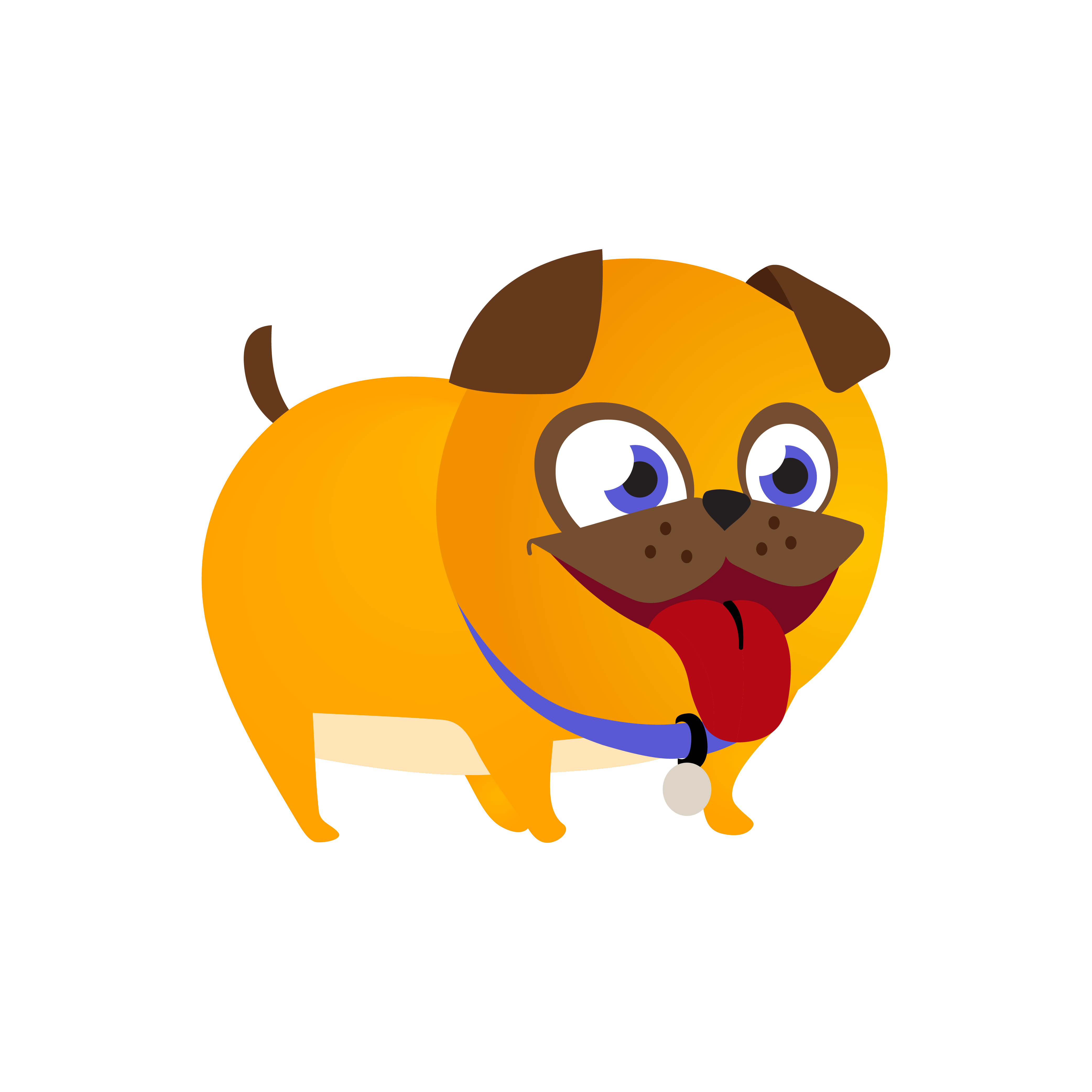
Health Blog
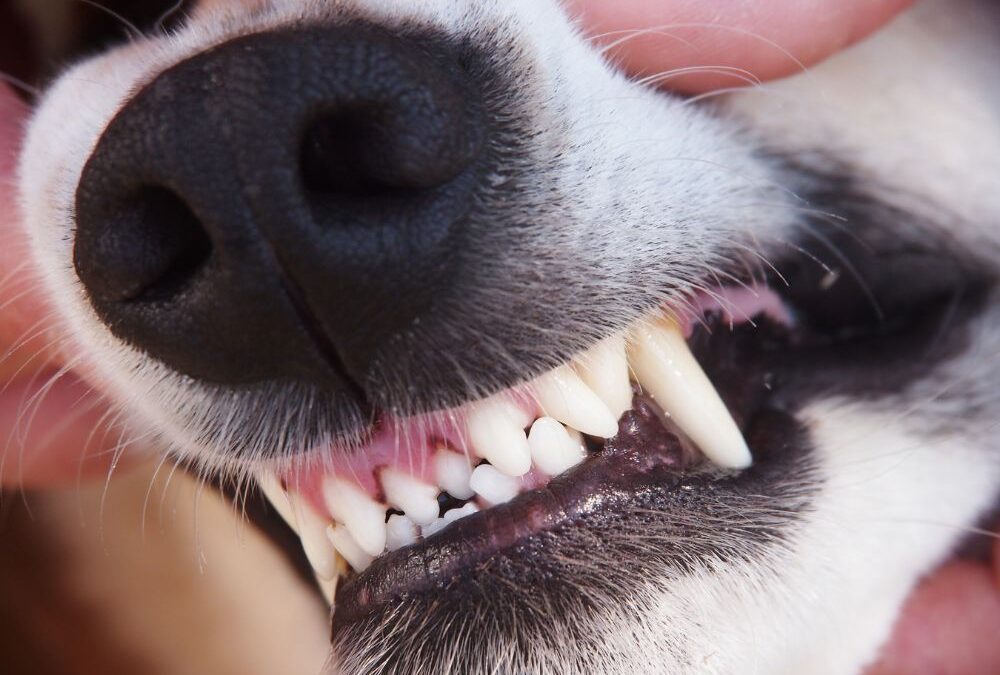
Base Narrow Canines Malocclusion in Dogs
What is a base narrow canine malocclusion? Base narrow canine malocclusion is also known as linguoverted canine. It occurs when the lower canines are hitting the roof of the mouth or the gums of the upper jaw, resulting in pain and discomfort.There are two main ways...
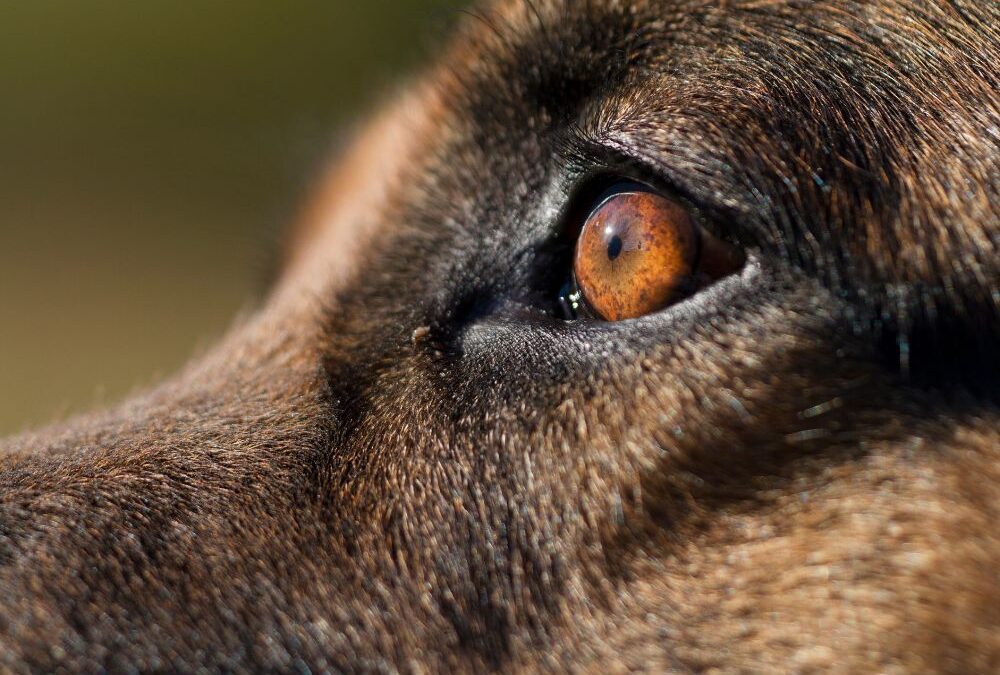
Entropion in Pets
What is entropion? Entropion is a painful and uncomfortable disorder in which the eyelid curls inward. This irritates the cornea when the eyelash or other hair rubs against it, which can lead to the formation of eye ulcers, perforation, or pigment on the cornea. This...

Physiotherapy in Pets
What is physiotherapy? Just as in humans, physiotherapy is a specialty that focuses on diagnosing and treating a number of conditions pertinent to the musculoskeletal system. The exercises and therapies a physiotherapist assign can be pivotal in both reducing...

Pancreatitis in Cats
What is the pancreas? The pancreas is a vital organ which lies on the right side of the abdomen. It has 2 main functions: To produce enzymes which help in food digestion (carbohydrates, proteins and fat) To produce hormones like insulin and glucagon, which regulates...

Myxomatous Mitral Valve Degeneration in Dogs
The most common cause of a heart murmur in dogs is a disease called Canine myxomatous mitral valve degeneration (MMVD). It primarily affects older, small to medium sized dogs, however, any dog can be affected. What is Myxomatous Mitral Valve Degeneration (MMVD)? To...
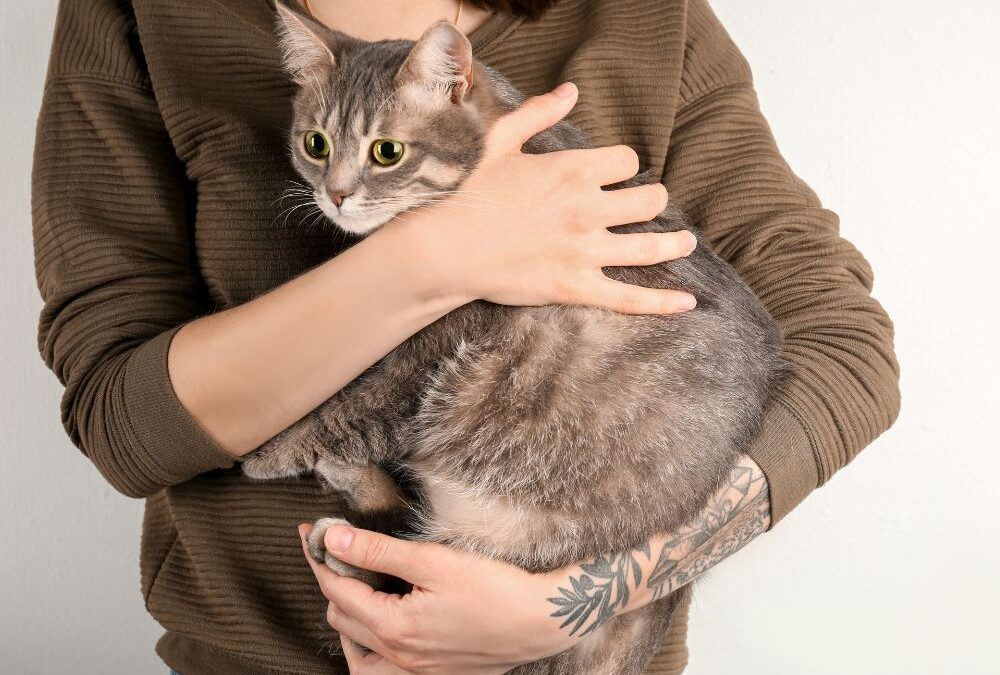
Obesity in Cats and Dogs
Obesity is one of the most common forms of malnutrition. Based on a report by the Australian Veterinary Association in 2020, almost half of the dogs and almost one in every three cats in Australia are overweight or obese. Obesity has been linked with a myriad of...
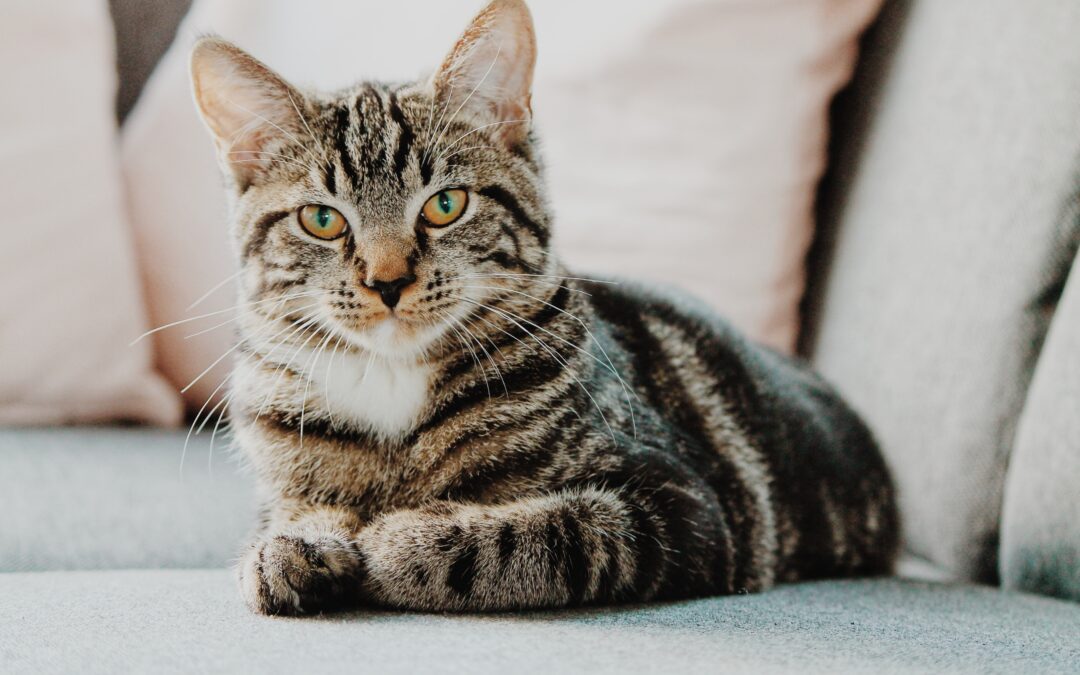
Feline Lower Urinary Tract Disease (FLUTD)
What is feline lower urinary tract disease (FLUTD)? Feline lower urinary tract disease (FLUTD) is an ‘umbrella term’ (rather than a specific disease) for a group of conditions that affect the bladder and urethra of cats.What are the clinical signs of FLUTD? Cats with...
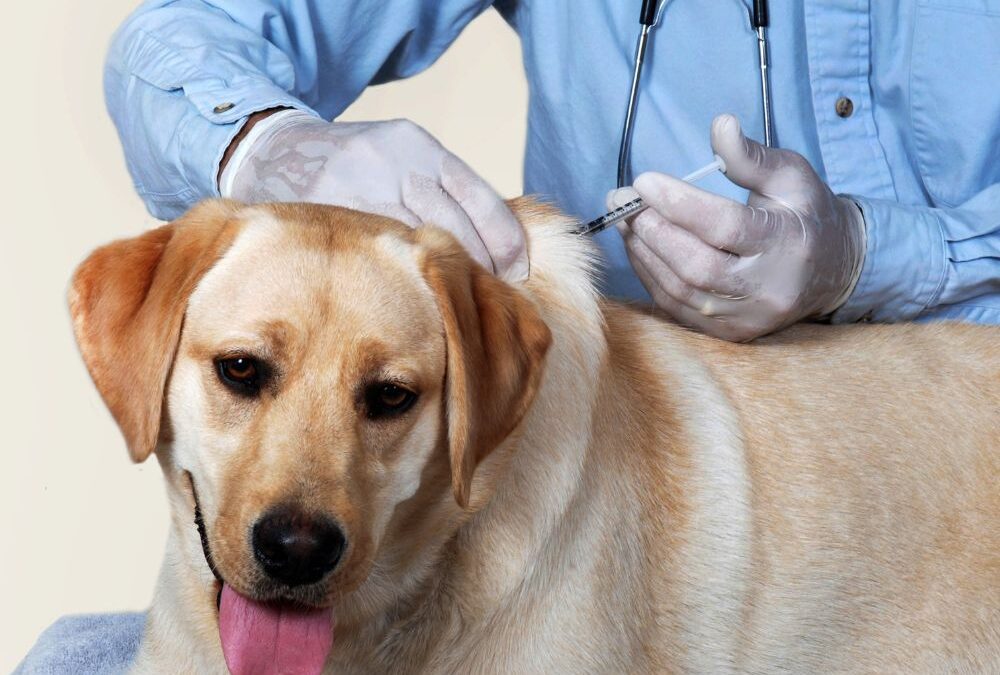
Vaccination Titre Testing in Pets
What is vaccination titre testing? A vaccination titre test is a measure of antibody levels. When we perform a vaccination titre test, we're checking for antibodies against canine distemper virus and canine parvovirus that our core vaccine (the C3) protects against....
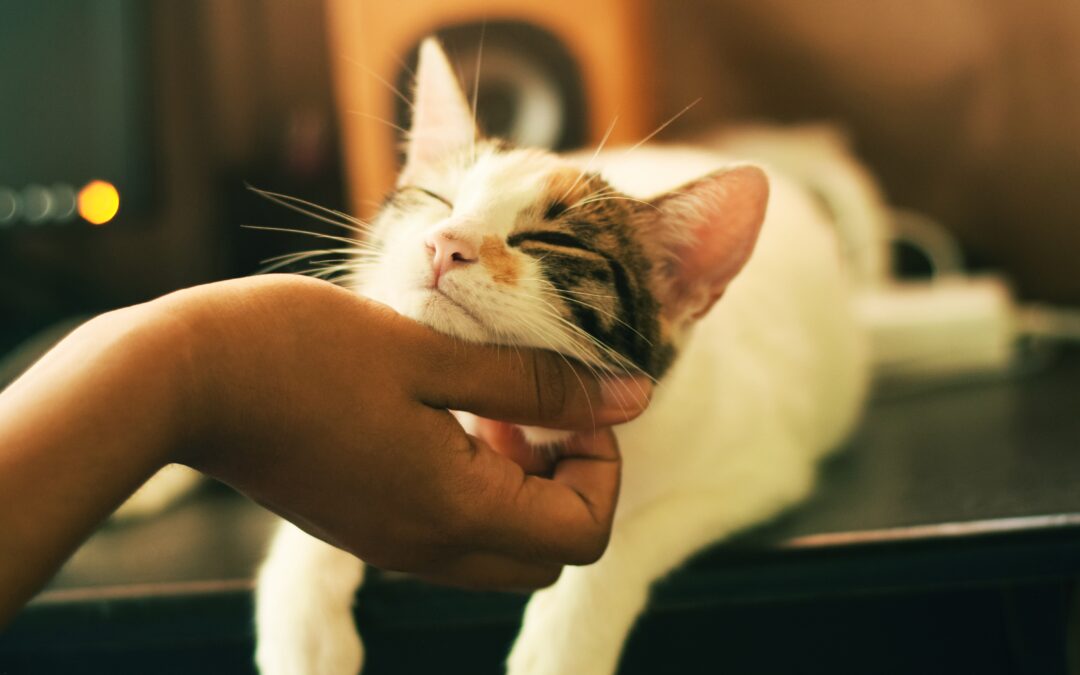
Avoiding Toxoplasmosis in Cats
What is toxoplasmosis?Toxoplasmosis is an infection caused by protozoa called Toxoplasma gondii. Many mammals and birds can be infected by toxoplasma, including humans. Infected animals can hold the parasite in cysts within their tissues. Cats, however, are the only...
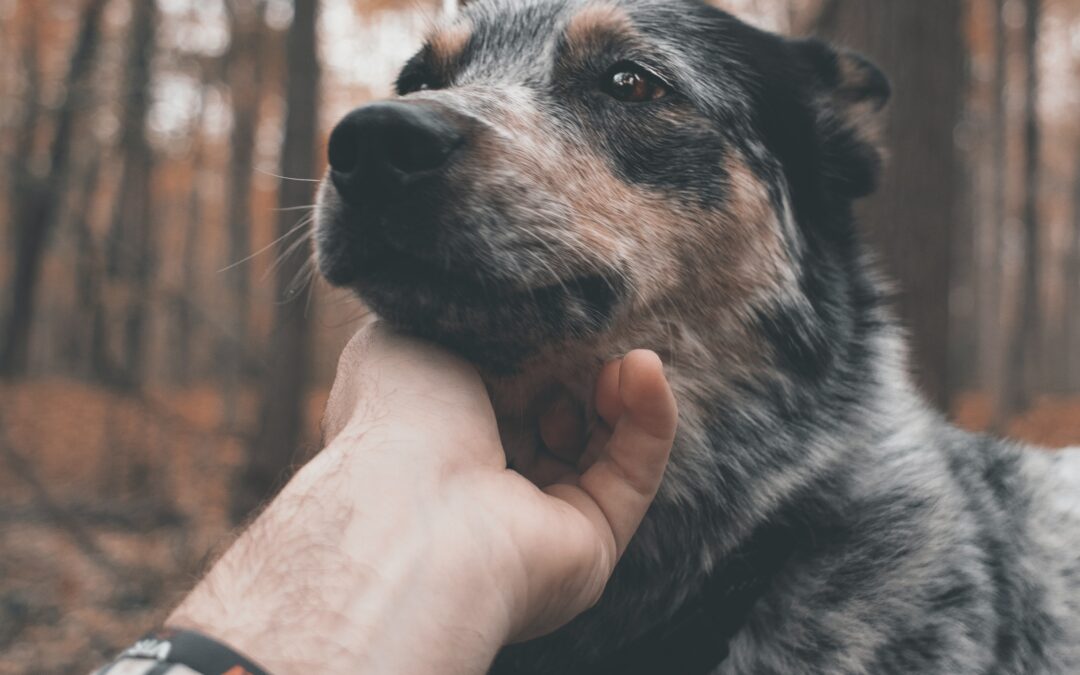
Signs and Symptoms of Tick Paralysis in Pets
What is a tick?Ticks are blood sucking parasites – often confused with fleas as they both feed on blood. Ticks are closely related to spiders, you can tell from their 8 legs. There are several species of ticks found in Sydney: bush ticks, brown ticks and paralysis...


